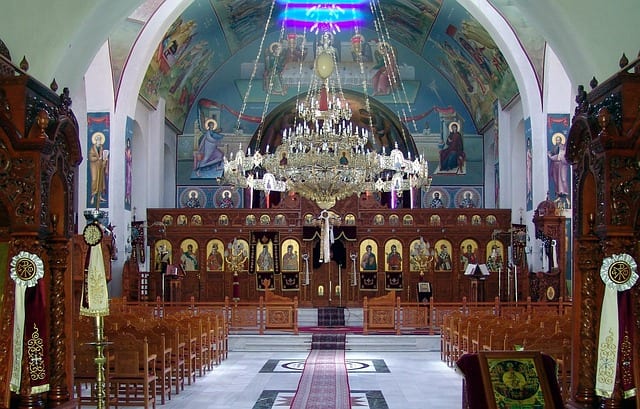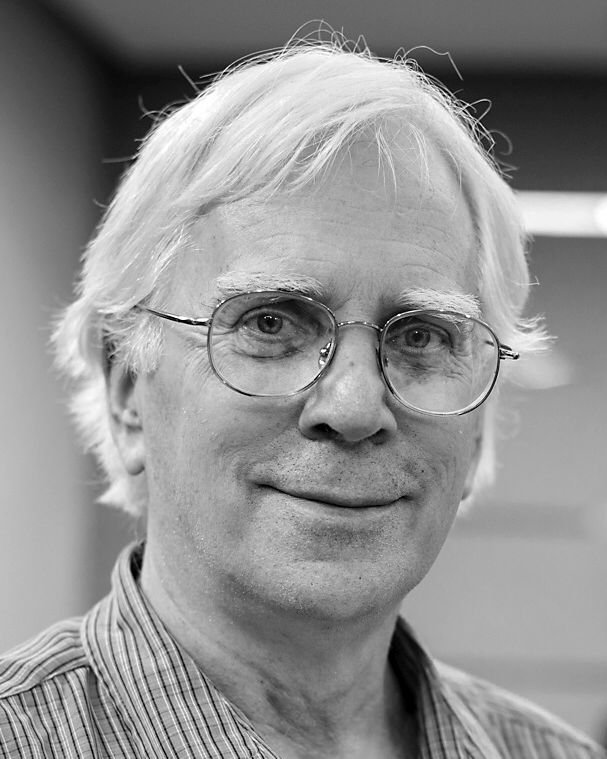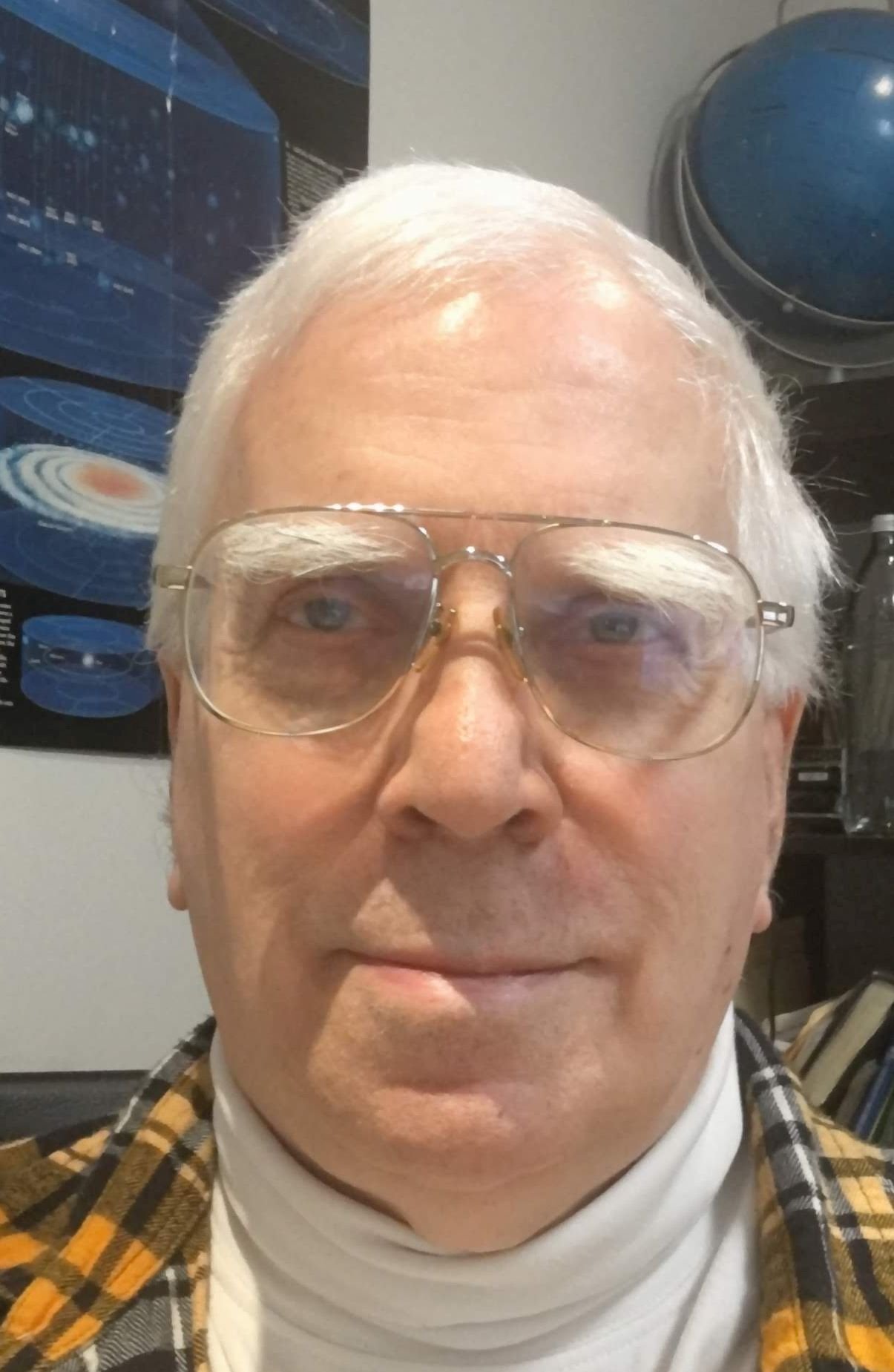
More than art, icons have an important spiritual role. An image of another reality, of a person, time and place that is more real than here and now.

In the Orthodox Church an icon is a sacred image, a window into heaven. So what is an icon? Webster defines an icon as an image (Webster, 1966). It was widely acknowledged throughout out the East and still written about in the eighth century (Ouspensky, 1978). The entire town of Edessa treasured this first icon, that is the linen cloth with Christ’s face imprinted on it. This first icon, “not made by human hands”, began a tradition of portraying Christ and the saints in pictorial fashion. The King’s illness was healed when the cloth was taken to him. The story continues that the cloth carried to the King had an impression of Christ’s face on it. Christ could not go to the King, so instead He sent a linen cloth on which He had dried His face.
ROBIN ARMSTRONG ORTHODOX ICONOGRAPHER TRIAL
At the time when Christ was traveling to Jerusalem where He would experience the trial and crucifixion, King Abgar of Edessa sent for Jesus. It is this author’s intent to introduce the reader to an insider’s perspective of iconography in the life of an Orthodox Christian, in the hope that understanding will increase.Ī legend passed down for nearly 2000 years describes the first icon.

Understanding something about them, being able to lay aside preconceptions and ethnocentricity to view life from the Orthodox Christian’s perspective will allow the onlooker an opportunity to increase in understanding not only of the Eastern Orthodox Christian but of human nature. A minority in a nation dominated by Protestants and Roman Catholics, the Eastern Orthodox culture has maintained strong familial and cultural identities. All rights reserved.There are approximately five million Eastern Orthodox Christians in America (Nabil, 2000). Submit your listing for the resource guide Winnipeg MB R2W Guide to Icons and Sacred Artĭo you offer services and products for icon painters? Do you restore or collect icons? Do you conduct workshops? Do you teach or apprentice icon-painting students? Have your business or listing published here, so you may be a part of the guide. Vladimir Ukrainian Orthodox Church Vegreville, AB.

Nazari and Matushka completed work on the iconostas of St.
ROBIN ARMSTRONG ORTHODOX ICONOGRAPHER SERIES
George's Ukrainian Orthodox Church in Dauphin, MB, a series of icons of Ukrainian Saints (ongoing project), and an iconostas for Holy Trinity Ukrainian Orthodox Church in Speden, AB. The most recent large projects include: decorating the dome of St. The icons from this studio are written in a Russo-Byzantine style, all written in egg tempera and gold leaf, using traditional materials and techniques. They can also be found in private chapels of His All Holiness Patriarch of Constantinople Bartholomew, Metropolitan Volodymyr of Kyiv, Ukraine, and Metropolitan Wasylij of Winnipeg (of blessed memory). Their work can be seen in several churches in Ukraine, numerous churches across Canada and the USA.

Protodeacon Nazari shares his discoveries with his wife and, together, they have been writing icons for almost 15 years. Later he leaned advanced iconographic technique from Dmitri Andreyev, of Prosopon School in New York, and by visiting iconography studios all over Ukraine, Belarus and Russia. Nazari studied basics of iconography by copying antique icons from his father’s collection and visiting the renowned iconographer, Archimandrite Zinon, in Pskov. Nazari from Kosiv and Matuska from Vyznytcia Art College in Ukraine. They both graduated with B.F.A degrees - Fr. Protodeacon Nazari & Matushka Tatiana of Sts Alipij & Andrew Rublew Icon Studio were born in Chernivtsi, Ukraine. The icon painters of the studio are dedicated to reviving this ancient art. Protodeacon Nazari Polataiko and Matushka Tatiana in 1996.


 0 kommentar(er)
0 kommentar(er)
